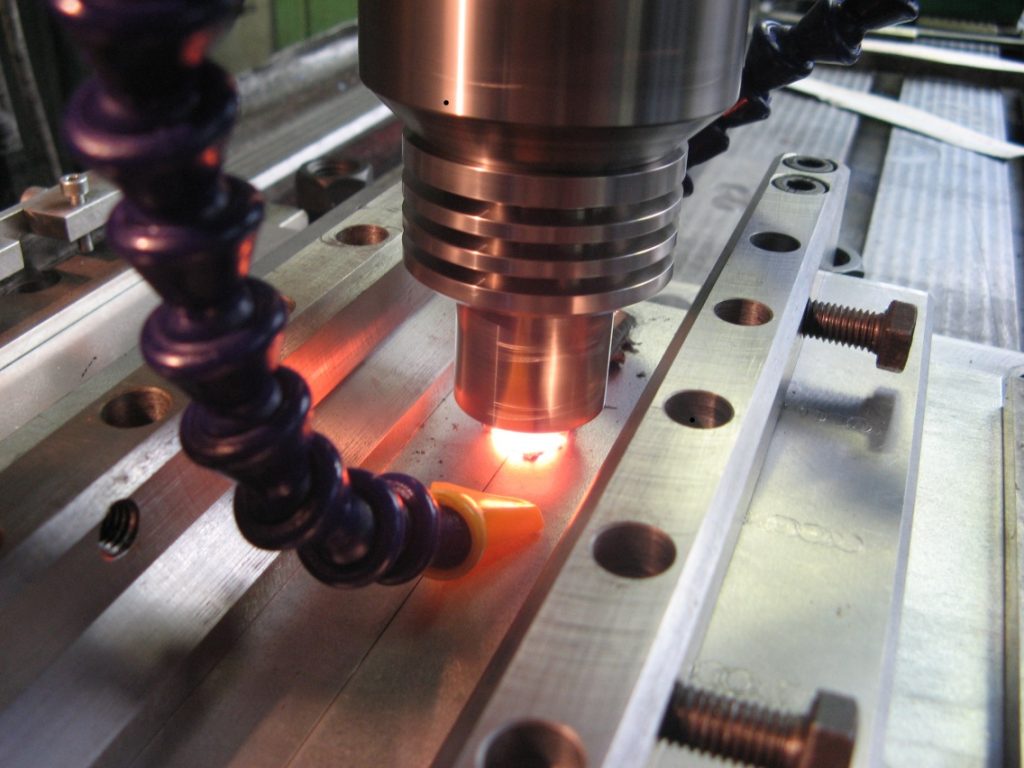How the Heat-affected Zone Affects Your Design

If you are going to understand welding, you need to understand what exactly is happening to the metal during the heating and joining process.
Through all welding techniques, there will exist a heat-affected zone or HAZ. Mitigating the size of this zone and understanding why it occurs is crucial to creating a strong bond between the two joined metals. To induce a fusion reaction during welding, all of the various processes heat up the base metal in some form or fashion. This is obviously necessary to melt and join two metal pieces together, but it also means that there will be some area where heat dissipates throughout the metal and changes the material’s structure. This is called the heat-affected zone.
As engineers, we need to understand how to manage and deal with heat-affected zones, even if we don’t weld for a living. The influence that the HAZ has on final material strengths and weld strengths can be crucial to the success, or failure, of a structure or part. Tempering a metal in a controlled way changes the metal’s phase and makes it stronger. However, in the HAZ, the heating and cooling of the metal is fairly uneven, so phase changes can occur within the metal’s structure that inherently make the weld weaker. Generally, a large HAZ is only produced in the welding processes that use a lot of dissipated heat to join the metal, like oxyfuel welding and arc welding.
In metals, when heat is applied, the molecule structure expands, much like how gasses expand when heated. In terms of welding, this can result in uneven heating and cooling throughout a metal, which can cause deformities when the final product is cooled. Within the HAZ, the metal phase changes can also result in less resistance to corrosion and may also crack easily. This is how a structure created from stainless steel can rust at the joints, ultimately weakening it.
There is no way to get around creating a heat-affected zone, but we can decrease its effects and strengthen the weld.
The size of the HAZ is directly related to the length of time that a metal is heated. Steady but fast welds will generally create a more consistent joint and a smaller HAZ. You may be starting to see why having a good welder on your project is a big deal.
After a weld is completed, there will exist a HAZ, and in general, it will need to be treated in some way to bring the metal structure back up to strength. This can be done through pre or post-weld heat treatment. This changes the phase of the metal in an even way, allowing for the welding process to have less of an effect on the surrounding material. Specifically for steels, engineers will use the process of solution annealing to heat and hold the metal at a designated temperature to strengthen the elemental bonds.
In terms of design, understanding the HAZ is of critical importance. When designing a part or metal structure that uses welds, we have to assume that there will be some decrease in strength in the HAZ. Your weakest parts of a structure are going to exist close or in the welded joint, so mitigating stresses in these areas is of utmost importance.
As designers, engineers, builders, and creators, we have to understand the processes used to create our final product. Only through this understanding do the unknowns in the design process start fading away.
Sources: Inspectioneering , Thefabricator , Researchgate
The post How the Heat-affected Zone Affects Your Design appeared first on Inventor Official Blog.















